 Author: Jasmine Burrows, Progressive Legal
Author: Jasmine Burrows, Progressive Legal

Brick Lane Brewing Co Pty Ltd v Torquay Beverage Co Pty Ltd [2023] FCA 66
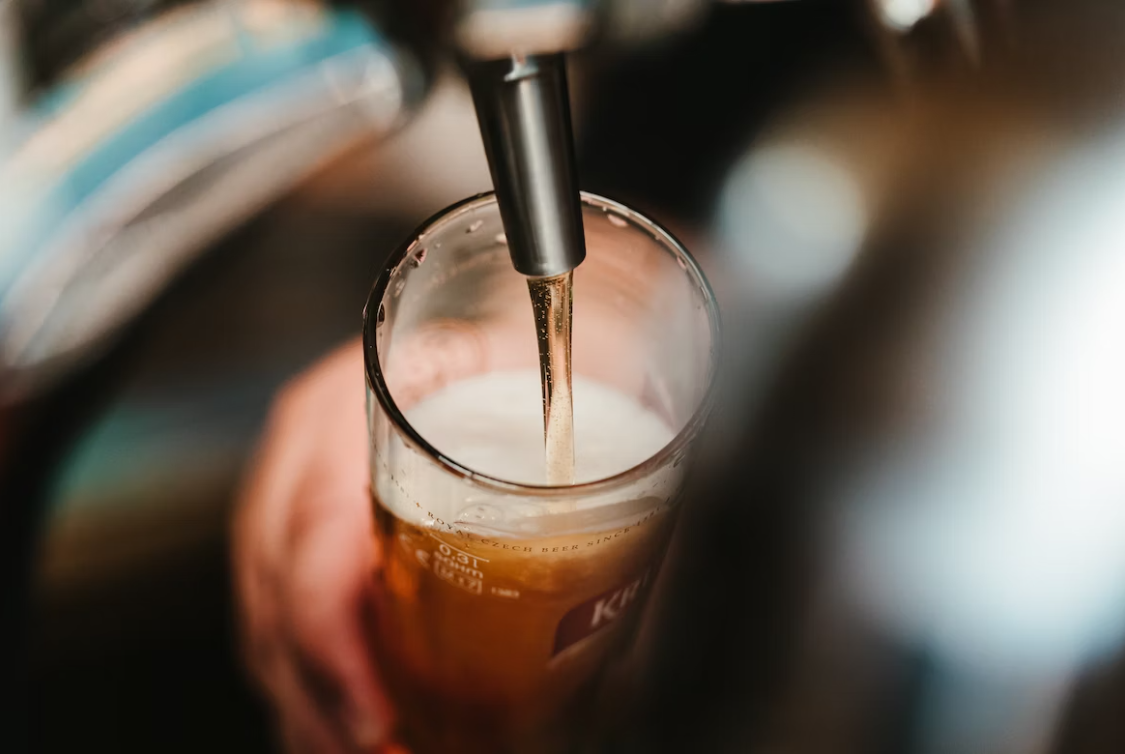
Facts
The applicant, Brick Lane Brewing Co Pty Ltd (Brick Lane), is a brewing company that has manufactured, distributed, advertised, and sold beer since 2017.
Brick Lane announced a new no and low-alcohol beer range called ‘Sidewinder’ on 21 July 2021.
The applicant’s sales launched in August 2021.
Five days later, the first respondent, Torquay Beverage Company Pty Ltd (Torquay), announced that it had partnered with the third respondent, Mighty Craft Ltd (Mighty), to form the second respondent, Better Beer Company Pty Ltd (Better Beer).
The respondents announced that they were launching a range of beer called ‘Better Beer’ which included a no carbohydrate full (alcohol) strength lager and a low sugar alcoholic ginger beer.
The respondents’ sales launched in October 2021.
There was similarity noted between the appearance of the products’ packaging (refer to images below). Both:
- Featured blue, orange, and yellow stripes which wrapped around the can;
- Were off-white 355 mL cans; and
- Were labelled in dark text (black for ‘Sidewinder’ and dark blue for ‘Better Beer’)
| Applicant | Respondents |
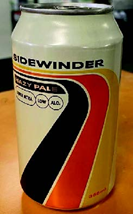 |
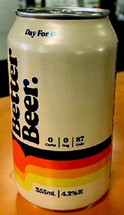 |
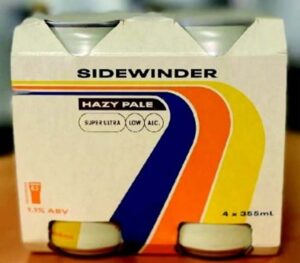 |
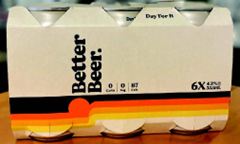 |
 |
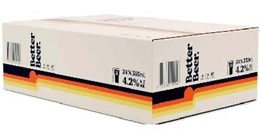 |
Issues
Were the respondents engaging in misleading and deceptive conduct by using similar packaging under section 18 of the Australian Consumer Law (ACL); and
Were the respondents making misleading or false representations by using similar packaging under section 29 (1)(g) and (h) of the ACL?
Decision
The Court found that the respondents had not engaged in misleading or deceptive conduct, and had not made any false representations regarding any association with the applicants.
Reasoning
In deciding whether the respondents were engaging in misleading and deceptive conduct, the court considered the following factors:
- The strength of the applicant’s reputation, and the extent of distribution of its products;
- the strength of the respondent’s reputation, and the extent to which the respondent has undertaken any advertising of its product;
- the nature and extent of the differences between the products, including whether the products are directly competing;
- the circumstances in which the products are offered to the public; and
- whether the respondent has copied the applicant’s product or has intentionally adopted prominent features and characteristics of the applicant’s product.
The Role of Reputation
Stewart J stated that establishing a specific reputation for an existing product is not necessary to determine if a new product’s appearance is misleading or deceptive under section 18 of the ACL.
However, it is important to establish some association in the minds of the relevant public between the new product and its appearance, which could lead to confusion if a similar appearance is used for a different product.
If there is no pre-existing association, using the same or a similar appearance for a product will not suggest a misleading or deceptive connection.
It cannot be assumed that the hypothetical consumer within the relevant group is already familiar with the applicant’s product; familiarity must be proven.
The claim must identify the specific features of the product’s appearance that are known to the public.
The relevant date
Stewart J had to determine the specific date for assessing whether conduct was misleading or deceptive.
Brick Lane argued that the relevant date is when the products became available to consumers.
The respondents argued that the relevant date is when their promotion of the products began.
The timing was significant because Better Beer was announced five days after Sidewinder, but Better Beer was not available for sale until two months after Sidewinder.
Stewart J rejected Brick Lane’s argument, stating it lacked support and logic. His Honour emphasised that promotions preceding product availability can still be misleading or deceptive. Conduct does not necessarily involve the sale or availability of the product.
Brick Lane needed to establish its reputation as of the date when the respondents first promoted their products.
The relevant date for the Better Beer lager product was 26 July 2021 when it was announced.
The relevant date for the Better Beer ginger beer product was April 2022.
Misleading or deceptive, or false?
On the announcement date of Better Beer (26 July 2021), there was insufficient knowledge of Sidewinder get-up amongst consumers purchasing beer. Even though, Brick Lane announced Sidewinder first, not enough time had past for any appreciable reputation to be established. Thus, the court concluded that consumers would not associate Better Beer with Sidewinder.
By April 2022, both beer ranges had established a reputation, enough so that consumers were unlikely to be confused between them.
Although there were similarities in the packaging, Stewart J believed that a reasonable consumer would pay close attention when purchasing due to the wide variety of beers and their presentation. The similarities in the stripes were ultimately overshadowed by the differences in brand names.
The court also considered the distinction between the Sidewinder range as a low alcohol beer and the Better Beer range as a low carbohydrate, low-calorie, full-strength product.
Key Takeaways
Attention all business owners! – Here’s a timely reminder for you: apart from protecting your brand names, you can also safeguard the unique aspects of your products or services through trademark applications. Things like colours, patterns, or shapes can be the subject of such applications, allowing you to prevent your competitors from using similar features.
Imagine if Brick Lane had taken the necessary steps to register its Sidewinder product as a trademark. By doing so, they could have pursued Torquay for trademark infringement, rather than relying solely on establishing a strong reputation for their product and seeking protection under the ACL. The thing is, the ACL has a much higher threshold for providing protection. So, while it may seem cheaper initially to rely on the ACL, it’s crucial to consider the potential long-term risks and benefits of registering a trademark.
Remember, staying proactive and taking the necessary steps to protect your intellectual property can make a significant difference in the long run. We are here to help with that – feel free to contact our skilled team of trade mark lawyers or give us a call on 1800 820 083.
Need Trade Mark Help?
Please get in touch with us today via phone or the contact form on this page.


